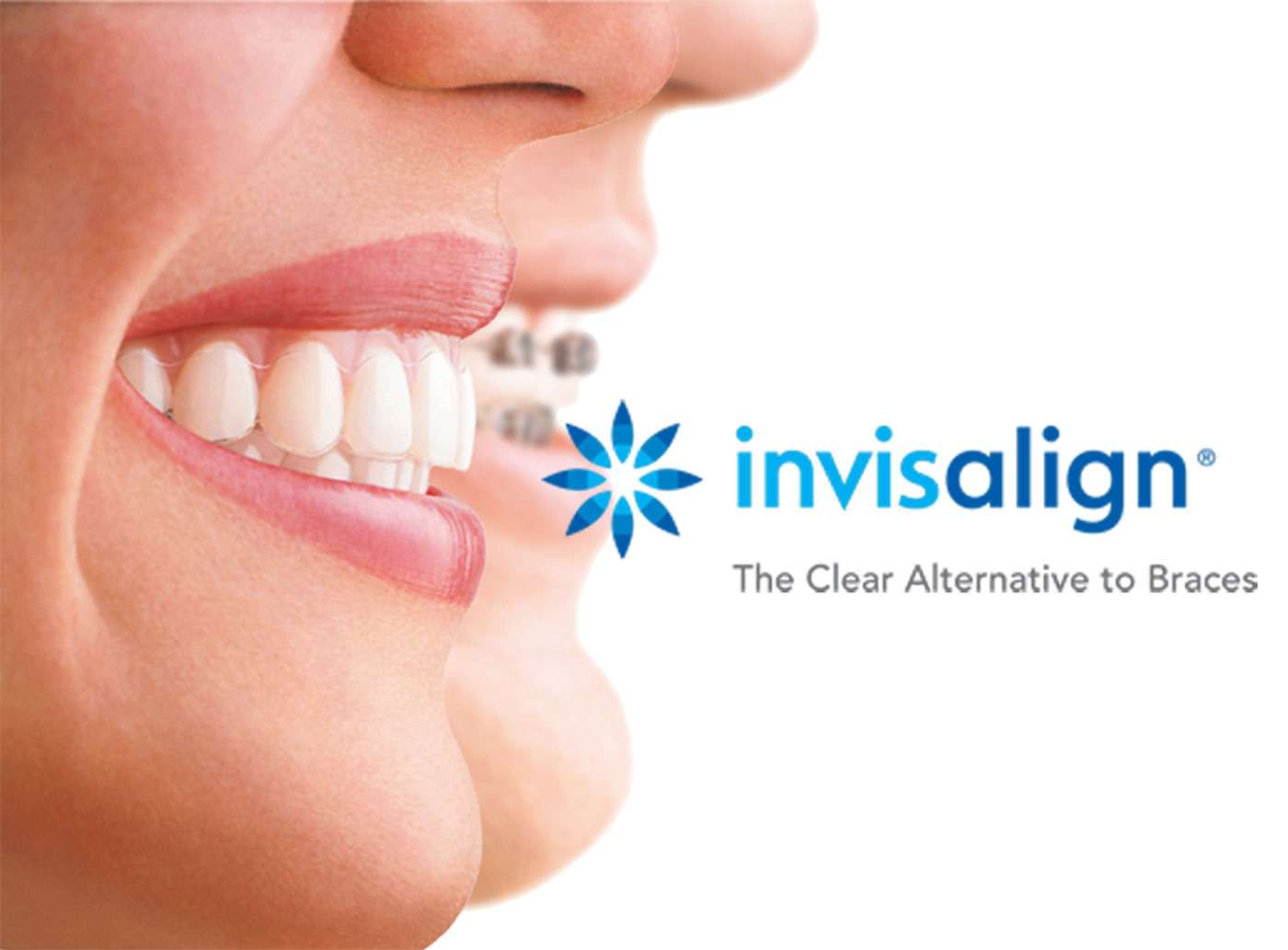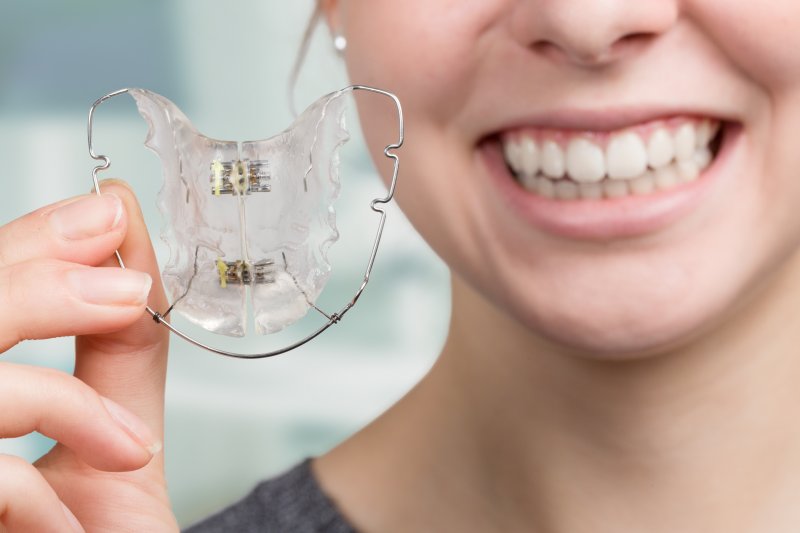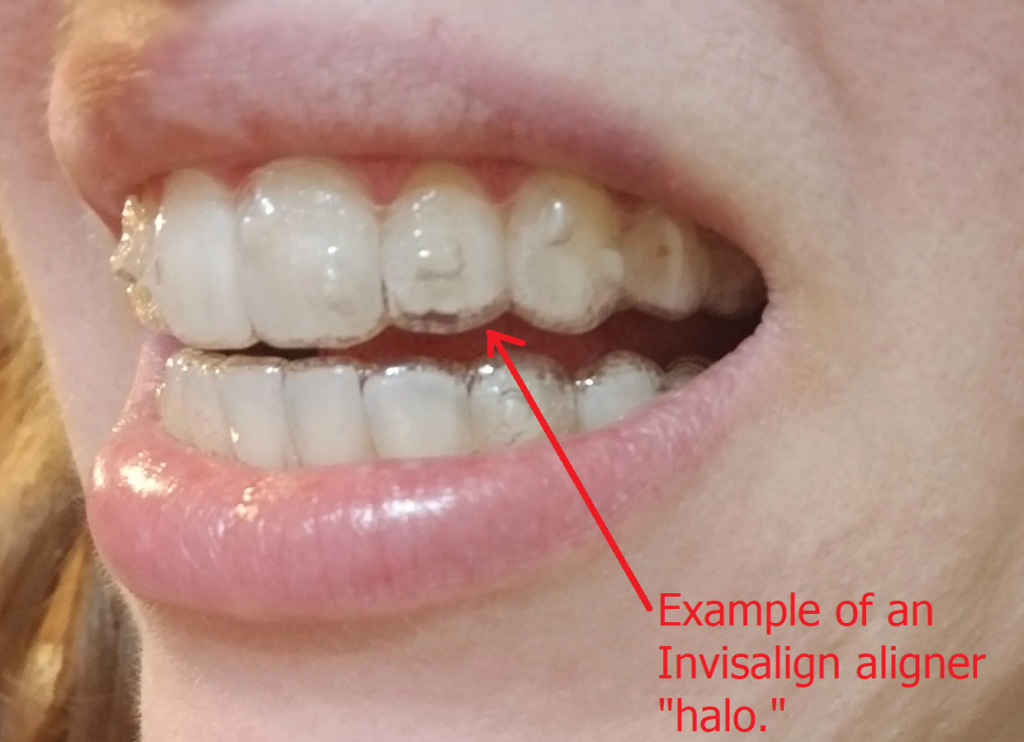Discover the Benefits of Invisalign for a Perfect Smile Change
Discover the Benefits of Invisalign for a Perfect Smile Change
Blog Article
Invisalign vs. Conventional Braces: Which Choice Is Right for You?
When taking into consideration orthodontic treatment, the choice between Invisalign and standard dental braces offers numerous important elements that merit cautious examination. Invisalign uses a very discreet choice with detachable aligners, while traditional braces offer a much more noticeable yet efficient option for serious imbalance. Each choice includes unique benefits and disadvantages associated to appearances, convenience, therapy period, and expense. Comprehending these subtleties is vital for making an educated choice that lines up with your personal preferences and lifestyle. The inquiry continues to be: which alternative will finest satisfy your orthodontic needs and expectations?
Review of Treatment Options

On the other hand, conventional braces contain steel braces and cables that are adhered to the teeth. This method applies constant stress in time to achieve placement. While effective for complex orthodontic problems, typical braces need routine visits for adjustments and can present obstacles in keeping dental health as a result of the trouble of cleansing about brackets and wires.
Both choices have their qualities, and the option usually rests on particular dental problems, lifestyle choices, and individual conformity. Inevitably, consulting an orthodontic expert is vital for figuring out the most suitable treatment plan tailored to specific demands. Recognizing the subtleties of each option can dramatically affect the general success of orthodontic therapy.
Aesthetic Factors To Consider
A substantial variable affecting the option in between Invisalign and standard dental braces is the aesthetic allure each therapy offers. Invisalign aligners are crafted from clear plastic, making them virtually invisible when put on.
On the other hand, standard dental braces include metal brackets and cables, which can be much more obvious. While improvements in orthodontic innovation have actually led to the advancement of smaller sized brackets and colored elastics, conventional dental braces still keep an even more obvious profile. For some people, the exposure of braces might prevent them from looking for needed treatment.
Ultimately, the selection between Invisalign and standard dental braces may pivot on personal preferences pertaining to aesthetics. People that focus on discernment frequently favor Invisalign, while those that are less concerned concerning visibility might choose for typical dental braces. Understanding the aesthetic effects of each alternative is important for making a notified decision that lines up with one's way of living and choices.
Convenience and Convenience

In terms of benefit, Invisalign aligners are removable, making it possible for clients to enjoy their favorite foods without limitation and preserve ideal oral health. Cleaning and flossing are simplified, as the aligners can be secured throughout these routines, whereas typical dental braces require cautious maneuvering around braces and cords.
In contrast, traditional dental braces demand regular modifications, making them less practical for those with active schedules. Overall, the convenience and comfort of Invisalign make it an enticing choice for numerous individuals seeking orthodontic therapy.
Therapy Period and Performance
While both Invisalign and standard dental braces are efficient in fixing dental imbalances, the duration of therapy can vary dramatically in between both options. Commonly, Invisalign treatment can take anywhere from 12 to 18 months, relying on the complexity of the instance. The clear aligners work by slowly moving teeth right into their wanted positions, and routine follow-ups with an orthodontist assistance ensure development continues to be on course.
In contrast, conventional braces usually call for a longer commitment, usually varying from 18 months to 3 years. This is because of their set nature and making use check my site of braces and cords, which can be more reliable for severe imbalances and intricate cases (Invisalign). The treatment effectiveness of typical braces is well-documented, as they content enable precise changes and higher control over tooth movement
Inevitably, the choice in between Invisalign and standard braces might depend upon both the anticipated treatment duration and the details oral problems at hand. Consulting with an orthodontist is important, as they can give tailored referrals based on specific needs, guaranteeing the selected approach straightens with desired timeframes and results.
Expense Contrast and Insurance Policy Choices
Expense plays a considerable duty in the decision-making procedure for people taking into consideration orthodontic treatment, whether selecting Invisalign or typical dental braces. Generally, the price of Invisalign varieties from $3,000 to $8,000, while standard dental braces generally cost between $2,000 and $6,000. Variables affecting these prices consist of the intricacy of the situation, the duration of therapy, and geographical place.
Insurance protection can dramatically influence out-of-pocket expenses. Lots of dental insurance coverage plans supply partial insurance coverage for orthodontic therapies, however the specifics can vary widely. It is essential for clients to assess their insurance plan to figure out the extent of insurance coverage for either choice. Usually, traditional braces might be much more regularly covered by insurance policy plans compared to Invisalign, which some insurers classify as a cosmetic procedure.
In addition, a number of orthodontic methods use adaptable layaway plan, making both therapy choices look at this web-site extra available. Individuals need to ask about prospective funding alternatives and discount rates for in advance settlements. Assessing the complete cost, consisting of insurance benefits and layaway plan, is necessary for making a notified choice that lines up with both aesthetic preferences and spending plan considerations.

Conclusion
In summary, the choice between Invisalign and traditional braces depends upon several aspects, including visual choices, convenience, treatment duration, and expense. Invisalign supplies a very discreet, detachable choice that assists in oral hygiene and dietary versatility, while typical braces may be a lot more appropriate for complicated oral issues and usually come at a reduced price factor. Inevitably, assessment with an orthodontist is necessary to analyze private conditions and determine the most appropriate treatment alternative for attaining optimum dental positioning.
When taking into consideration orthodontic therapy, the option in between Invisalign and typical braces offers numerous important factors that merit mindful evaluation.Contrasting Invisalign and typical dental braces discloses distinctive treatment options for orthodontic improvement.While both Invisalign and standard braces are reliable in dealing with dental misalignments, the period of treatment can differ significantly in between the 2 options.Cost plays a significant duty in the decision-making procedure for people thinking about orthodontic treatment, whether choosing for Invisalign or typical dental braces.In recap, the option in between Invisalign and standard braces hinges on several elements, including aesthetic preferences, comfort, therapy duration, and price.
Report this page